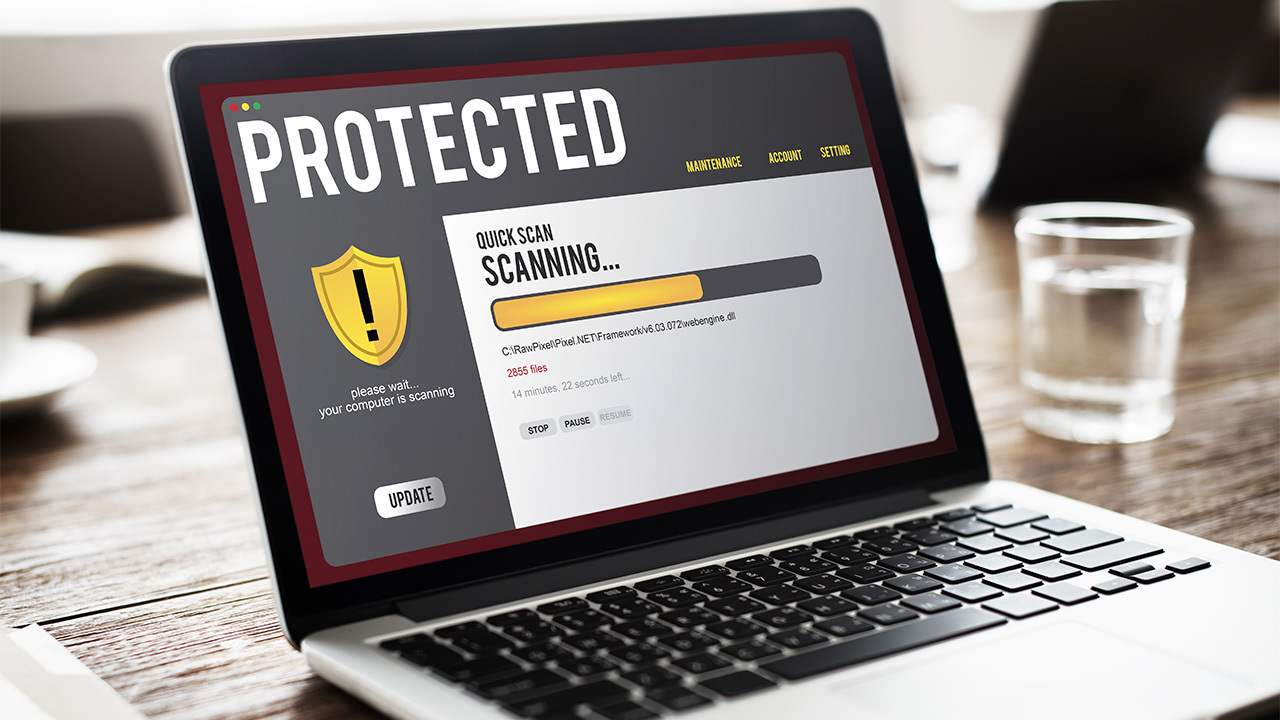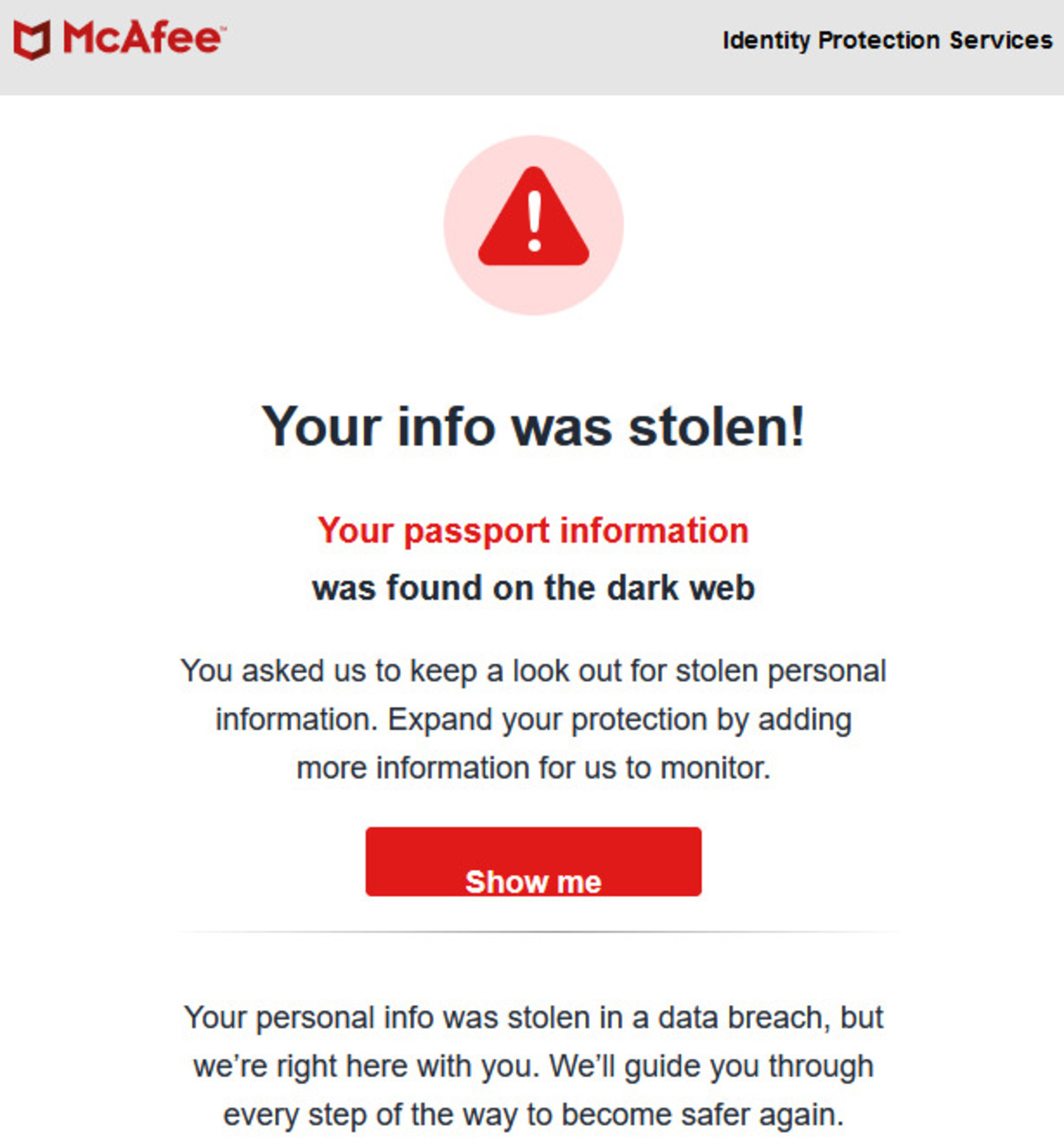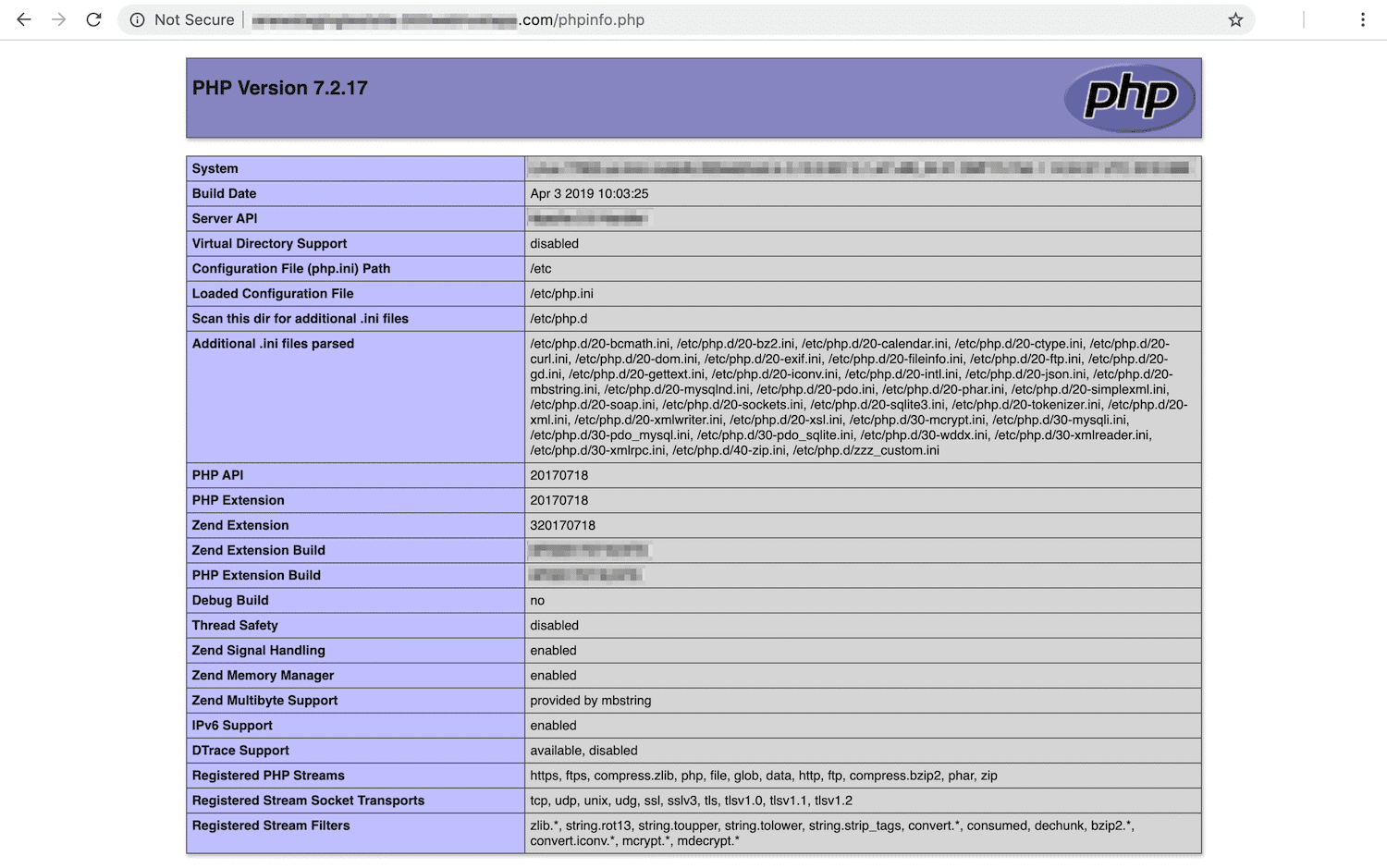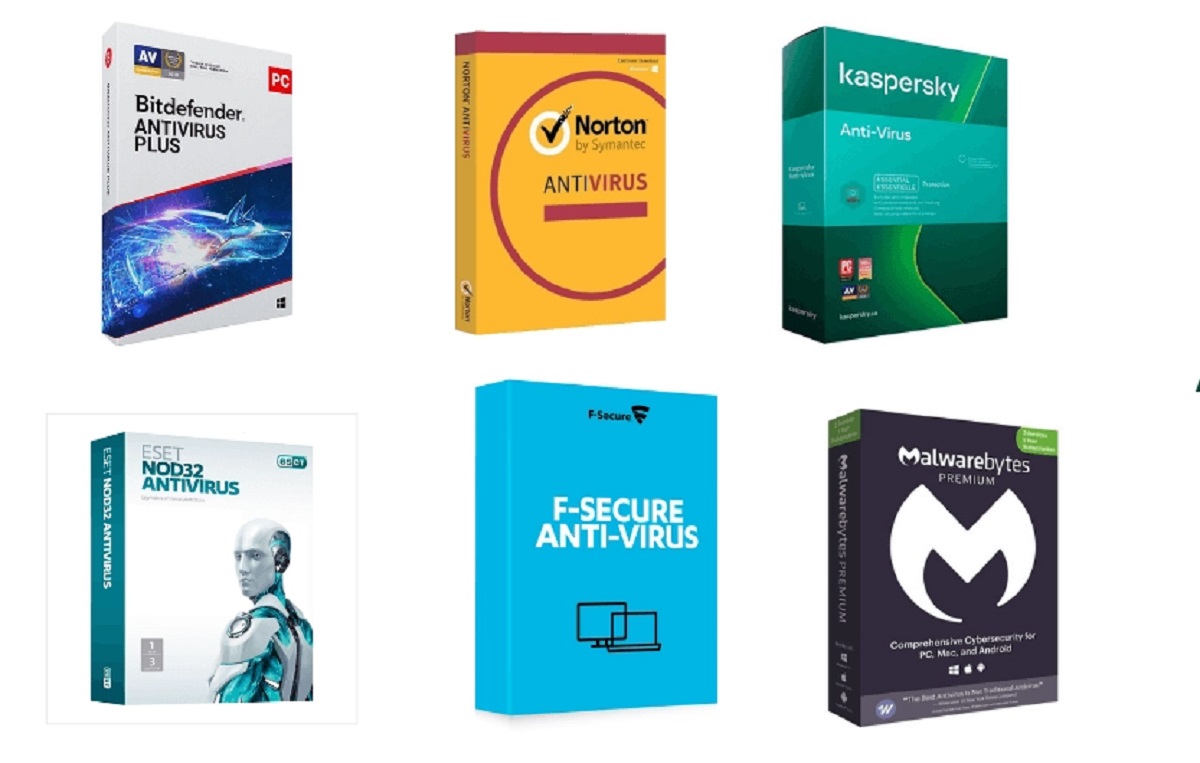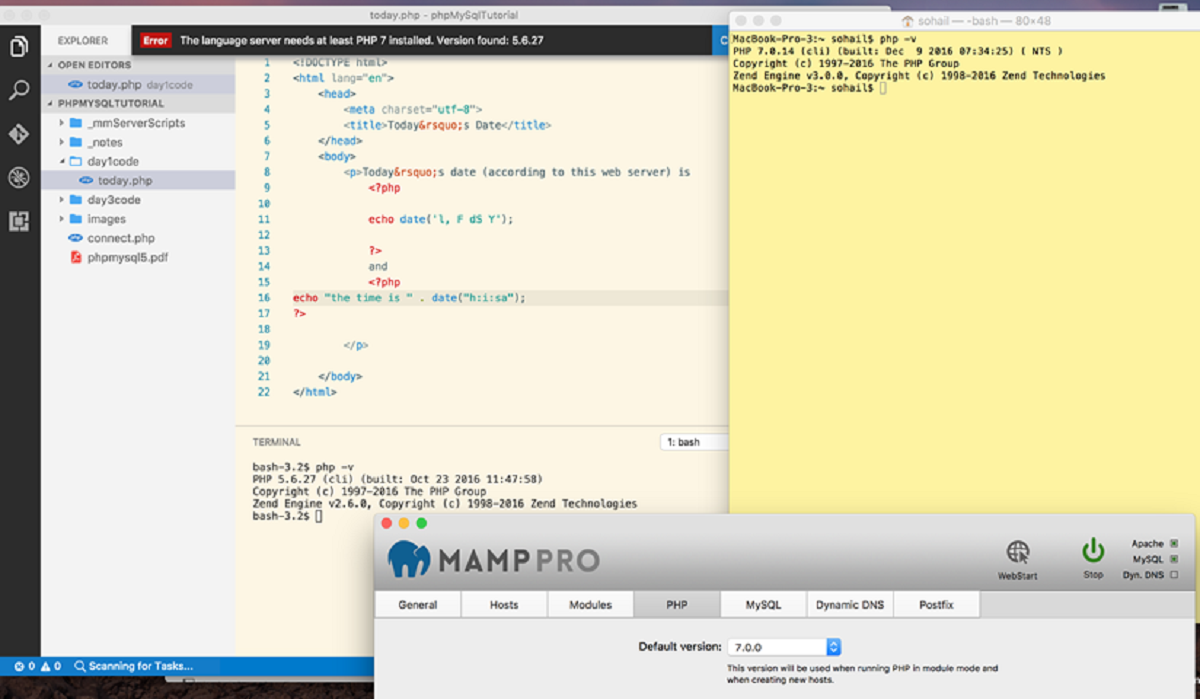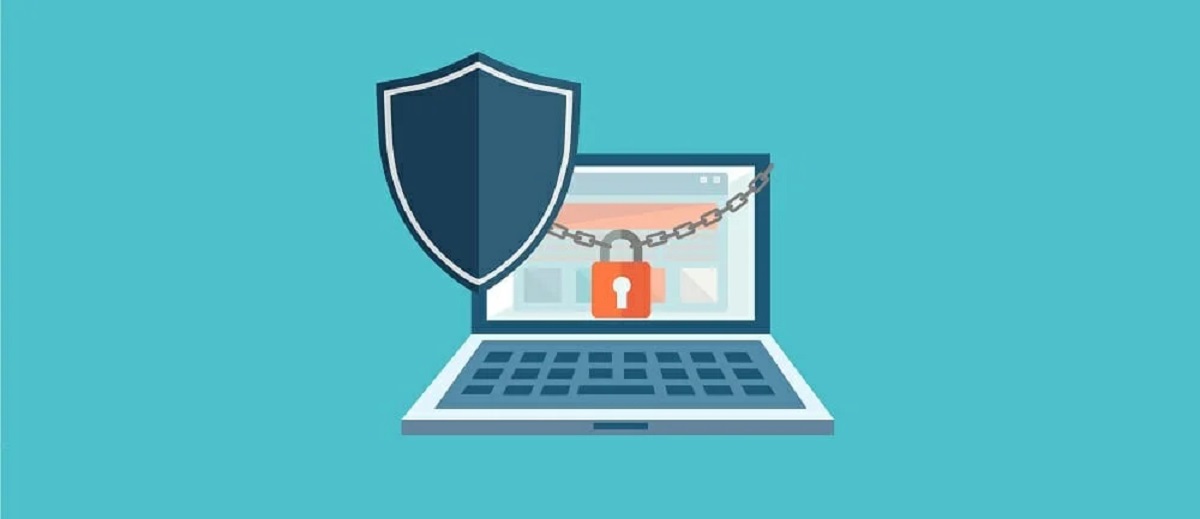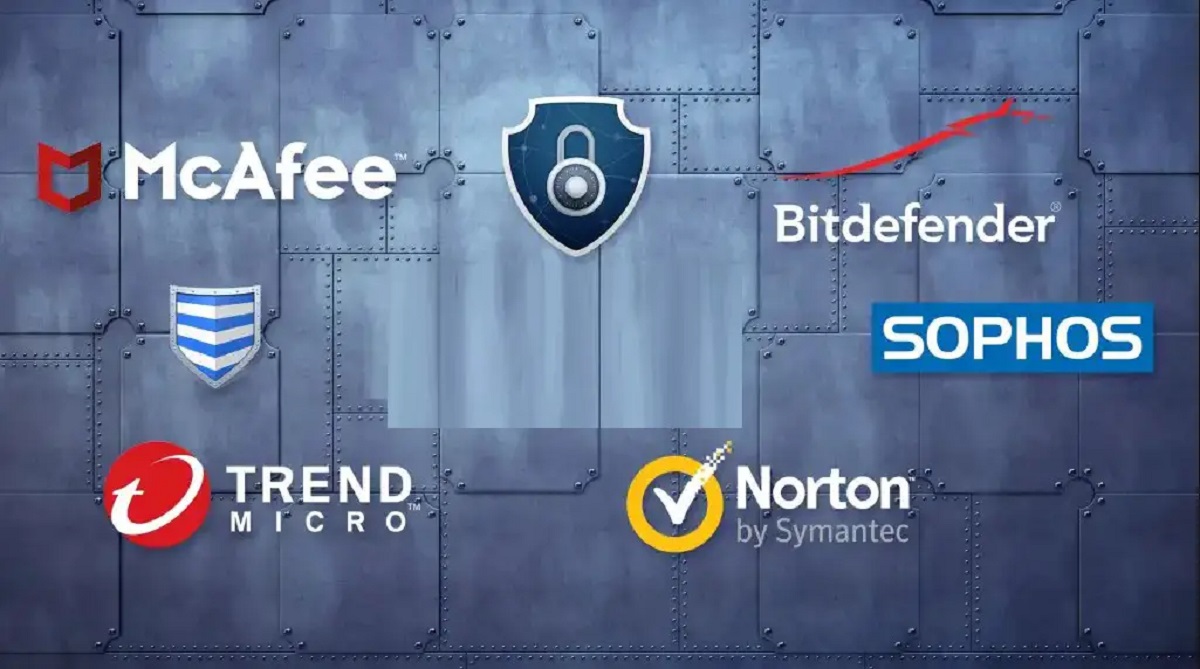Introduction
The dark web, often portrayed as a mysterious and dangerous place, is a realm on the Internet that is hidden from conventional search engines. It is notorious for being a hub of illegal activities such as trading stolen data, drugs, and even weapons. The dark web operates using encrypted networks, providing anonymity to its users and making it incredibly difficult to track down illegal activities. While not all activities on the dark web are inherently harmful or illegal, it’s important to protect your personal information and avoid any potential risks.
In this article, we will explore the steps you can take to remove your information from the dark web. By doing so, you can minimize the chances of your personal data being exposed and misused. We will dive into using secure email providers, deleting personal data from social media accounts, removing old accounts and personal information from websites, monitoring your credit reports, and utilizing identity protection services.
It’s crucial to highlight that prevention is key when it comes to your online security. Taking proactive measures to safeguard your personal information can help mitigate the risks associated with the dark web and other malicious activities. By keeping your online presence clean and protected, you can confidently navigate the digital landscape while minimizing the potential impact of any data breaches or identity theft.
Now, let’s delve into the world of the dark web and discover effective strategies to remove your information and maintain your online privacy and security.
What is the Dark Web?
The dark web is a part of the internet that is not indexed by search engines and requires special software, such as Tor, to access. It operates on a network of encrypted websites, creating an environment that allows users to maintain anonymity and conduct activities that are often hidden from the public eye.
Contrary to popular belief, the dark web is not solely a haven for illegal activities. While it is true that it hosts various illegal marketplaces where drugs, stolen data, and other illicit items can be traded, the dark web is also frequented by individuals seeking privacy and protection from government surveillance or censorship.
The dark web is often misconstrued as the same as the deep web. The deep web refers to all web pages that cannot be indexed by search engines, such as password-protected content or private databases. On the other hand, the dark web specifically refers to websites that are intentionally hidden and require special tools to access.
One of the main reasons why the dark web is associated with illicit activities is due to its encrypted nature. This encryption allows users to communicate and transact without revealing their identities. While this can be a double-edged sword, providing privacy for legitimate purposes, it also creates a breeding ground for cybercriminals, hackers, and other malicious entities.
It’s important to note that venturing into the dark web can be highly risky. Aside from the illegal activities that take place, there is also a high likelihood of encountering scams, malware, and hackers. The unregulated nature of the dark web means that users need to exercise extreme caution to protect their personal information and avoid falling victim to cybercrime.
Understanding the dark web and the risks associated with it is essential for safeguarding your online presence. By being conscious of the potential dangers and taking the necessary steps to remove your information, you can better protect yourself from the threats that lurk in the shadows of the internet.
Why should you remove your info from the Dark Web?
Removing your information from the dark web is an essential step in securing your online identity and protecting yourself from potential harm. Here are a few key reasons why it’s crucial to take action:
- Data breaches: Over the years, there have been numerous high-profile data breaches, resulting in the exposure of millions of people’s personal information. This data often finds its way onto the dark web, where cybercriminals can purchase and misuse it. By removing your information from the dark web, you reduce the risk of becoming a victim of identity theft or other fraudulent activities.
- Protection against cybercrime: The dark web is filled with hackers, cybercriminals, and other malicious individuals looking to exploit unsuspecting users. Your personal information, such as your social security number, credit card details, or login credentials, can fetch a high price on the dark web. By removing this information, you make it more difficult for cybercriminals to target and compromise your identity.
- Preserving your online reputation: The dark web is not regulated, and it’s not uncommon for false information to circulate. This can include fabricated social media accounts, fake reviews, or even defamatory content. By removing your information from the dark web, you can guard your reputation and prevent any potential harm to your personal and professional life.
- Peace of mind: Knowing that your personal information is not available on the dark web can provide a sense of security and peace of mind. It allows you to browse the internet and engage in digital activities without the constant worry of falling victim to cybercrime or having your identity stolen.
- Strengthen your overall online security: Taking the necessary steps to remove your information from the dark web is a proactive approach to strengthening your overall online security. By regularly monitoring and removing your data from potentially compromised sources, you greatly reduce the likelihood of falling victim to cyberattacks and identity theft.
In today’s digital age, where personal information is valuable currency, it’s crucial to take every possible measure to protect yourself. By removing your information from the dark web, you mitigate the risks associated with cybercrime and safeguard your online identity, allowing you to navigate the vast digital landscape with confidence.
Initial steps to remove your info
Removing your information from the dark web requires a proactive approach and careful consideration of your online presence. Here are some initial steps you can take to begin the process:
- Conduct a dark web scan: There are various reputable services available that can scan the dark web for any traces of your personal information. These scans can provide insight into whether your data has been compromised and is available on the dark web. Knowing what information is out there is the first step towards removing it.
- Change your passwords: It is essential to regularly update your passwords for all online accounts. Create strong, unique passwords that include a combination of letters, numbers, and symbols. Avoid using the same password for multiple accounts, as this can make you more vulnerable to cyber attacks.
- Enable two-factor authentication (2FA): Two-factor authentication adds an extra layer of security to your accounts by requiring a second verification step, such as a unique code sent to your mobile device. This prevents unauthorized access to your accounts even if your password is compromised.
- Review your privacy settings: Take the time to review and adjust the privacy settings on your social media accounts and other online platforms. Limit the visibility of your personal information and make sure you are only sharing what is necessary.
- Be cautious with sharing personal information online: Think twice before providing personal information online, especially on public forums or websites. Be cautious when sharing details such as your address, phone number, or social security number. Only provide this information on trusted websites with secure connections.
- Regularly update and patch software: Keep your devices and software up to date with the latest security patches. Updates often address vulnerabilities that can be exploited by cybercriminals to gain access to your personal information.
- Use a Virtual Private Network (VPN): A VPN creates a secure, encrypted connection between your device and the internet, protecting your online activities and making it difficult for others to track your IP address or intercept your data.
- Educate yourself about phishing: Phishing attacks are a common method used by cybercriminals to steal personal information. Learn how to identify and avoid phishing emails, suspicious links, and fake websites to protect yourself from falling victim to these scams.
These initial steps will help you lay the foundation for removing your information from the dark web. By implementing these security measures, you can decrease the likelihood of your personal information being exposed and reduce the risks associated with cybercrime.
Using a securely encrypted email provider
One of the most effective ways to protect your personal information from the dark web is by using a securely encrypted email provider. Traditional email services transmit messages in plain text, making it easier for hackers and cybercriminals to intercept and manipulate the content. By switching to a secure email provider, you can ensure that your communications remain encrypted, reducing the risk of data breaches and unauthorized access to your information.
Secure email providers use end-to-end encryption protocols that encrypt your messages as they travel between sender and recipient. This means that even if someone were to intercept your email, they would not be able to read its contents without the encryption key. As a result, your sensitive information, such as passwords, financial details, or personal documents, remains protected.
When choosing a secure email provider, consider the following factors:
- Strong encryption: Look for a provider that offers robust encryption algorithms, such as PGP (Pretty Good Privacy) or S/MIME (Secure/Multipurpose Internet Mail Extensions), to ensure that your messages are securely encrypted.
- Zero-knowledge policy: Opt for a provider that has a zero-knowledge policy, meaning that they do not have access to your encryption keys or the ability to decrypt your messages. This ensures that only you and the intended recipient can read your emails.
- Two-factor authentication: Choose a provider that supports two-factor authentication (2FA) for an added layer of security. 2FA requires a second verification step, such as a unique code sent to your mobile device, before accessing your email account.
- Privacy and data protection: Research the provider’s privacy policy to ensure that they have strict data protection measures in place and do not sell or share your personal information with third parties.
- User-friendly interface: Consider the provider’s user interface and features to ensure that the email service is easy to use and provides the functionalities you require.
By using a securely encrypted email provider, you can significantly reduce the risk of your personal information being compromised and ending up on the dark web. Encrypting your email communications adds an extra layer of protection, ensuring that only the intended recipients can access and decrypt your messages.
Removing personal data from social media
Social media platforms have become a significant part of our lives, but they also pose a risk when it comes to exposing personal information on the dark web. Removing your personal data from social media is essential in safeguarding your privacy and protecting yourself from potential cyber threats. Here are some steps you can take to remove your information from social media platforms:
- Audit your accounts: Start by reviewing all your social media accounts and take note of the personal information you have shared, such as your address, phone number, and date of birth. Make a list of the platforms where you are registered to ensure that you cover all your bases.
- Adjust privacy settings: Take the time to review and adjust your privacy settings on each platform. Limit the visibility of your personal information and control who can see your posts, photos, and other content. Be mindful of the information you choose to share and think twice before displaying sensitive details publicly.
- Delete unnecessary information: Go through your profiles and remove any unnecessary personal information that you have shared in the past. This could include your address, phone number, or even your full name. The less information available, the harder it is for cybercriminals to track and target you.
- Remove old posts and photos: Regularly review and delete old posts and photos that may contain personal information or details about your whereabouts. Be thorough and ensure that your digital footprint remains as clean and minimal as possible.
- Deactivate or delete unused accounts: If you have accounts on social media platforms that you no longer use, consider deactivating or deleting them. Unused accounts can still contain personal information that can be vulnerable to cyber threats.
- Enable two-factor authentication: Wherever possible, enable two-factor authentication (2FA) to add an extra layer of security to your social media accounts. This helps prevent unauthorized access even if your login information is compromised.
- Stay updated on privacy policies: Keep yourself informed about the privacy policies of the social media platforms you use. Be aware of any changes that may affect how your personal information is handled and take necessary actions to protect your privacy.
By taking these steps to remove your personal data from social media platforms, you can significantly reduce the risk of your information being exposed and potentially ending up on the dark web. Remember to regularly review and update your privacy settings to adapt to any changes in the platforms’ policies and to maintain a strong level of protection for your online presence.
Deleting old accounts and personal information from websites
Deleting old accounts and removing personal information from websites is an important step in minimizing the exposure of your data on the dark web. Many online platforms store user information that can be vulnerable to data breaches and unauthorized access. By taking the following steps, you can mitigate the risks associated with outdated or unused accounts:
- Compile a list of accounts: Start by creating a list of all the websites and online services you have ever signed up for. This could include online shopping sites, social media platforms, email accounts, and forums. Take the time to search your email inbox for account creation emails to ensure you don’t miss any.
- Assess the necessity: Evaluate the necessity of each account and determine whether you still need it. If you no longer use a particular website or service, it’s best to delete your account to minimize the risk of your personal information being exposed.
- Review account settings: For accounts that you wish to keep, review the privacy and security settings. Ensure that personal information, such as your name, address, and contact details, are not publicly visible. Customize the settings to match your comfort level of sharing information.
- Delete or deactivate accounts: Visit the websites or services identified in your list and follow the provided instructions to delete or deactivate your accounts. Be aware that some platforms may have specific procedures in place for account deletion, so it’s essential to familiarize yourself with their requirements.
- Remove personal information: Once an account is deleted or deactivated, double-check that any associated personal information is also removed. This can include profile pictures, address details, payment information, and any other identifiable data. If you encounter difficulties, reach out to the platform’s support team for assistance.
- Monitor email notifications: Keep an eye on your email inbox for any notifications from websites or services you have deleted or deactivated. If you receive emails indicating account activity despite having removed your account, contact the platform immediately to rectify the situation.
By diligently deleting old accounts and removing personal information from websites, you reduce the potential exposure of your data on the dark web. Regularly reviewing and managing your online presence helps maintain control over your personal information, minimizing the risk of identity theft and other cyber threats.
Monitoring your credit reports
Monitoring your credit reports is an important step in protecting yourself from the risks associated with the dark web. Cybercriminals may use stolen personal information to commit identity theft, open fraudulent accounts, or make unauthorized purchases. By regularly monitoring your credit reports, you can detect any suspicious activity and take immediate action to mitigate the damage. Here’s what you need to know about monitoring your credit reports:
- Check your credit reports regularly: Obtain a copy of your credit report from each of the major credit bureaus—Experian, Equifax, and TransUnion. Review the reports carefully to ensure that all the listed accounts, transactions, and personal information are accurate and belong to you.
- Look for red flags: Pay attention to any unfamiliar accounts, suspicious transactions, or changes in personal information. These could indicate that your identity has been compromised, and someone may be using your information without your consent.
- Report discrepancies immediately: If you notice any discrepancies or suspicious activity on your credit reports, report it to the respective credit bureau and the relevant financial institution immediately. They can help you investigate the issue, dispute fraudulent charges, and take steps to secure your accounts.
- Consider credit monitoring services: Credit monitoring services are available to help you keep a closer eye on your credit reports. These services often provide real-time alerts about any changes or potentially fraudulent activities, allowing you to respond quickly and protect your credit.
- Place a fraud alert or credit freeze: If you suspect that your personal information has been compromised, you can place a fraud alert on your credit reports. This alert notifies lenders to take extra precautions when verifying your identity before extending credit. You can also consider implementing a credit freeze, which restricts access to your credit reports, making it more difficult for identity thieves to open new accounts in your name.
- Remain vigilant: Monitoring your credit reports should be an ongoing process. Regularly check your reports and stay vigilant for any signs of fraudulent activity. Promptly report any suspicious incidents and follow up with the necessary actions to protect your identity.
By actively monitoring your credit reports, you can catch potential issues early and minimize the impact of identity theft or fraudulent activities originating from the dark web. Stay proactive, remain vigilant, and take immediate action to protect your financial well-being and personal information.
Utilizing identity protection services
In the age of the dark web and increasing data breaches, utilizing identity protection services can offer an extra layer of security and peace of mind. These services are specifically designed to help monitor and safeguard your personal information, making it harder for cybercriminals to misuse your identity. Here’s how you can benefit from utilizing identity protection services:
- Identity monitoring: Identity protection services often provide 24/7 monitoring of your personal information across various platforms and databases. This includes monitoring your credit reports, social security number, email addresses, and other identifying information for any signs of suspicious activity.
- Real-time alerts: When using an identity protection service, you can receive real-time alerts via email, SMS, or through their dedicated app whenever there are potential threats detected. These alerts notify you promptly of any unauthorized activities, such as changes in your credit, new accounts opened in your name, or data breaches that may have exposed your personal information.
- Identity restoration assistance: In the unfortunate event that your identity is compromised, identity protection services offer assistance with identity restoration. They can provide guidance on the necessary steps to take, help with contacting financial institutions and credit bureaus, and offer support throughout the process of restoring your identity.
- Credit monitoring and protection: Many identity protection services offer credit monitoring, which involves regularly reviewing your credit reports for any changes or suspicious activities. Some services also provide credit freezes or fraud alerts to help prevent unauthorized access to your credit information and minimize the risk of identity theft.
- Dark web monitoring: By utilizing identity protection services, you gain access to dark web monitoring. They scan the dark web for your personal information, such as social security numbers, email addresses, or financial account details, and alert you if any of your data is found circulating on the dark web.
- Security software: Some identity protection services may offer security software or tools to help protect your devices and data. This can include features like antivirus protection, secure web browsing, password managers, and encryption tools.
Utilizing identity protection services can provide an additional layer of defense against the risks associated with the dark web. With constant monitoring, real-time alerts, and expert assistance in identity restoration, these services can help mitigate the impact of identity theft and provide you with the peace of mind knowing that your personal information is being actively protected.
Frequently Asked Questions
Here are some common questions about removing your information from the dark web and protecting your online identity:
- Q: Can I completely remove my information from the dark web?
- Q: How often should I check my credit reports?
- Q: Are all websites secure?
- Q: Can I trust identity protection services?
- Q: What should I do if my information is already on the dark web?
- Q: How can I protect myself from future data breaches?
A: While it’s challenging to completely erase your information from the dark web, you can take steps to minimize its presence. By regularly monitoring your accounts, removing personal data from websites, and utilizing identity protection services, you can significantly reduce the risk of your information being exposed.
A: It’s a good practice to check your credit reports at least once a year. However, in light of the increasing prevalence of data breaches and identity theft, consider checking your credit reports more frequently, such as every three to six months, for additional peace of mind.
A: Not all websites are secure. It’s important to exercise caution when providing personal information online. Look for indicators such as a lock symbol in the web address bar, indicating a secure connection (HTTPS), and review privacy policies to understand how your data will be handled.
A: It’s essential to research and choose reputable identity protection services. Look for services that have a proven track record and robust security measures in place. Read reviews, compare features, and ensure the service aligns with your specific needs.
A: If you discover that your information is on the dark web, take immediate action. Contact the relevant financial institutions, credit bureaus, and online platforms to report the issue and take steps to secure your accounts. Consider seeking professional assistance to help minimize the impact of any potential identity theft.
A: While you can’t prevent data breaches entirely, you can minimize their impact. Use strong, unique passwords for each online account, enable two-factor authentication, regularly update your software, and be cautious when sharing personal information online.
Remember, staying informed and proactive about protecting your online identity is key to navigating the digital world safely. If you have any further questions or concerns, it’s always advisable to seek guidance from experts in the field of cybersecurity and identity protection.
Conclusion
Protecting your information from the dark web is imperative in the digital age. The dark web poses significant risks, including data breaches, identity theft, and exposure of personal data. By taking proactive steps, such as removing your information from the dark web, you can minimize these risks and safeguard your online identity.
Through this article, we have explored various strategies to remove your information from the dark web. We discussed the importance of understanding the dark web, the initial steps to take, and the significance of utilizing secure email providers, deleting personal data from social media, removing old accounts from websites, monitoring credit reports, and utilizing identity protection services.
While it may be challenging to completely eradicate your information from the dark web, being proactive and mindful of your online presence can significantly reduce the likelihood of exposure. Regularly assessing your accounts, adjusting privacy settings, and staying vigilant are crucial in maintaining your online security.
Remember, protecting your personal information is an ongoing process. Stay informed about the latest security practices and remain vigilant in monitoring your accounts and credit reports. By staying proactive and utilizing the tools and strategies discussed, you can enhance your online security and minimize the risk of your information falling into the wrong hands on the dark web.
Taking steps to remove your information from the dark web not only protects your personal data but also provides peace of mind in our increasingly interconnected world. Prioritize your online security and privacy to navigate the digital landscape confidently and securely.









